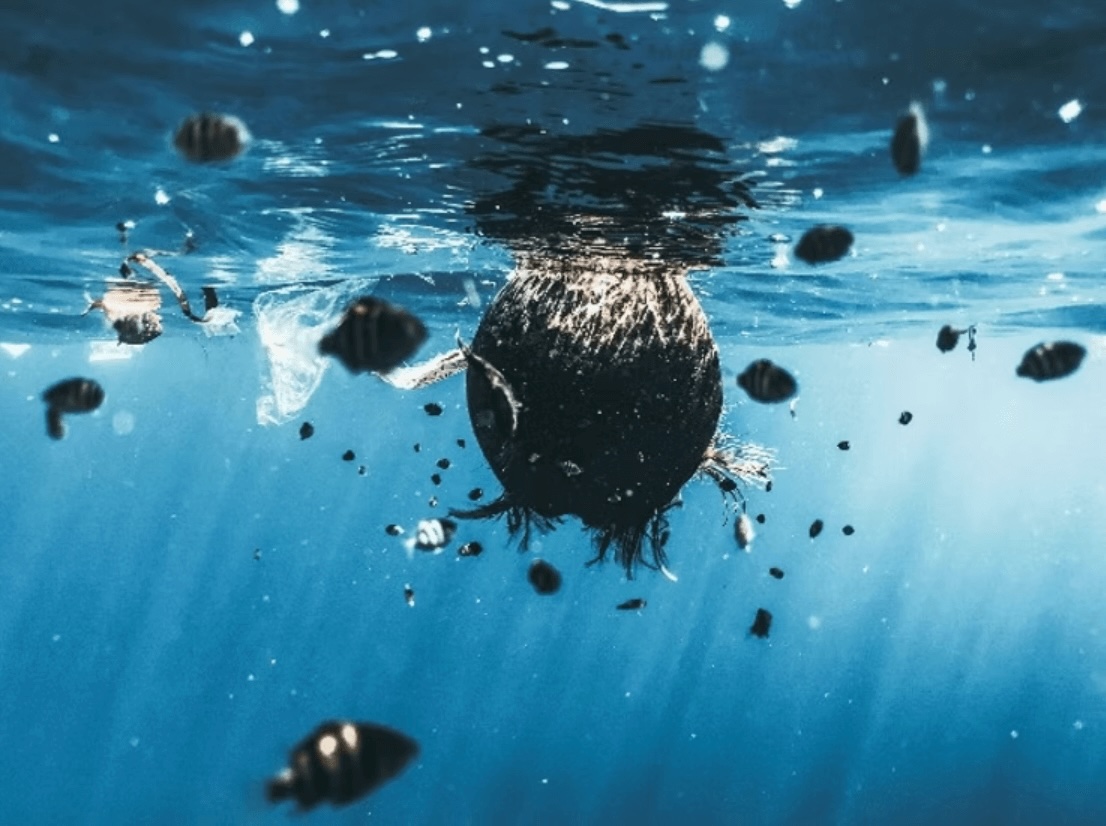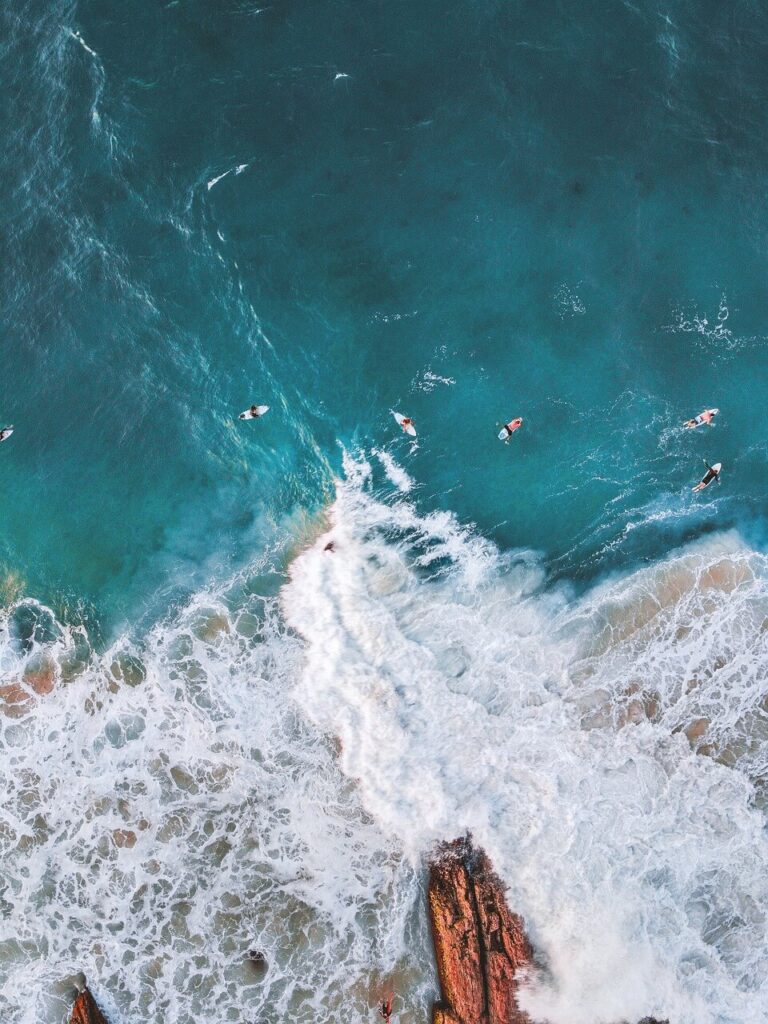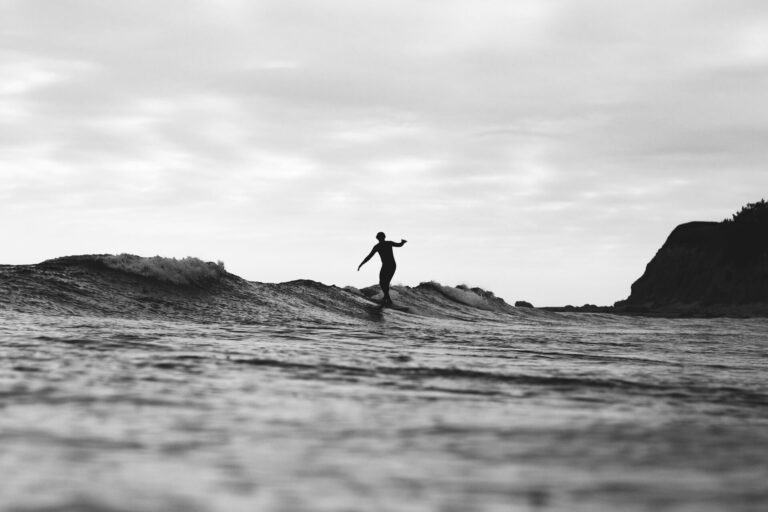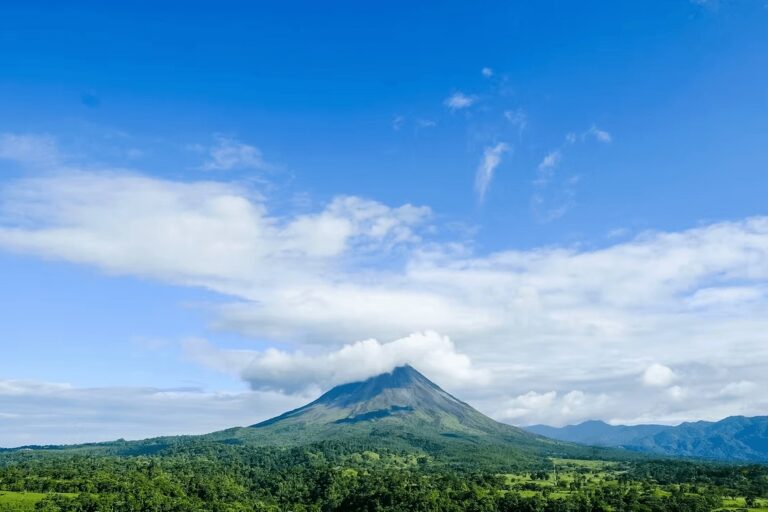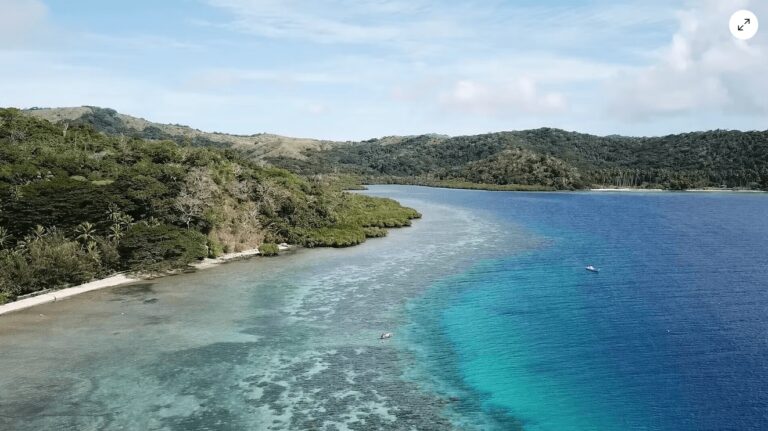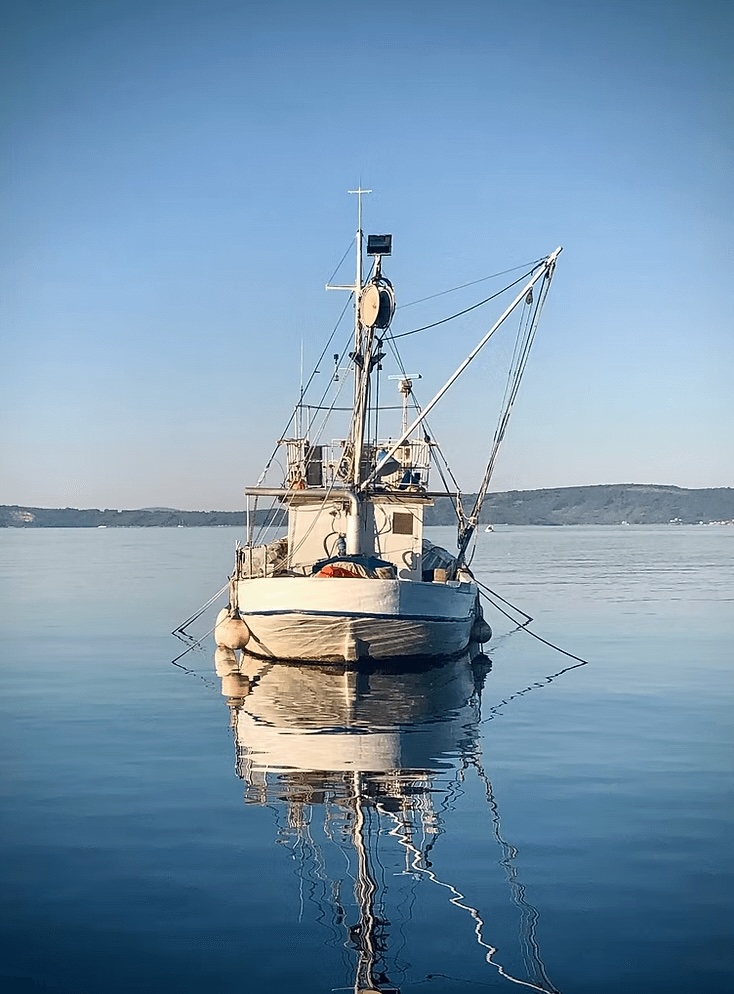Microplastics: How They Impact Our Marine Life and Oceans
On a macro scale, our marine environments may appear relatively healthy. But hidden from plain sight is a troubling presence: microplastics.
These tiny plastic particles (smaller than 5 millimetres) have infiltrated our oceans in massive quantities. Once adrift in the currents, they pose a severe threat to marine life through ingestion and absorption of chemical pollutants.
It’s estimated that a staggering 5.25 trillion microplastic particles are present in our oceans, weighing as much as 2,150 blue whales combined. These tiny fragments slowly sink as bacteria and algae latch on, dragging the plastic ever deeper.
Even the ocean depths now host a gathering storm of microscopic trash.
Removal of microplastics from the oceans is a seemingly impossible task, which is why preventing their entry in the first place is absolutely crucial.
In this article, discover exactly what microplastics are, how they are affecting marine life and what you can do about it.
For more insights into marine conservation issues, check out our collection of articles here. They focus on everything from ocean acidification and mercury pollution to coral bleaching and the Great Pacific Garbage Patch.
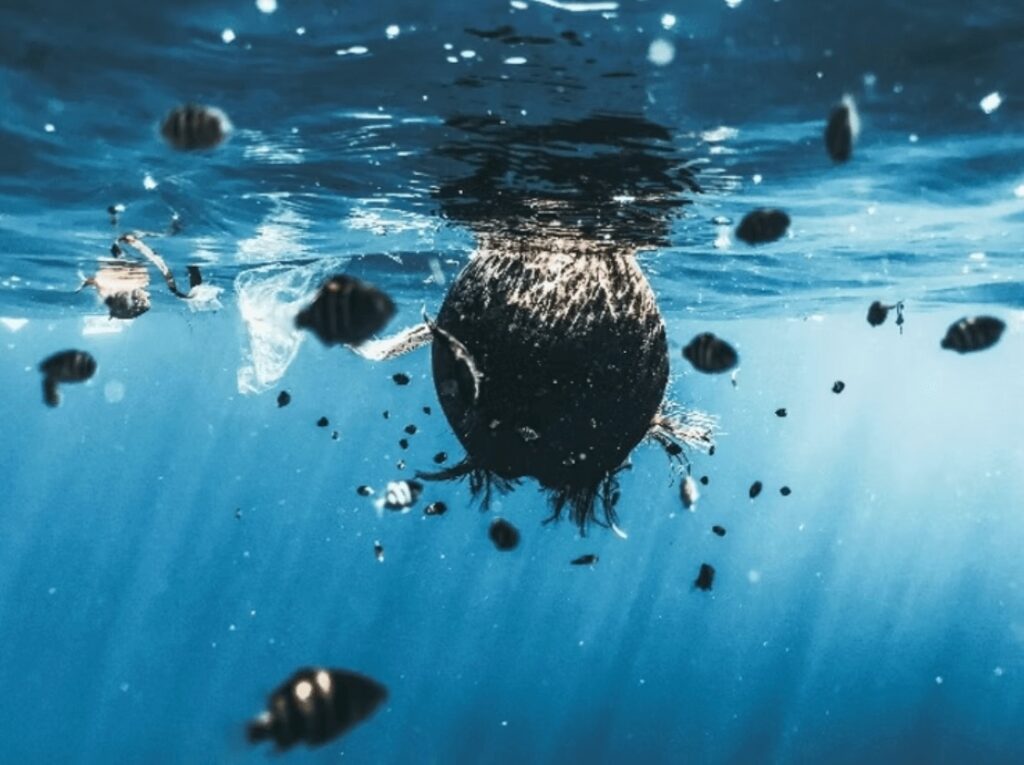
This article contains affiliate links, which means when you make a purchase through that link, we earn a small commission. Affiliate links come at no cost to you and ensure our content remains free!
Microplastics: Tiny troublemakers
Plastic waste is a huge problem plaguing our oceans. But where do all these tiny plastic particles originate from? Many are so-called “primary microplastics” that are produced for industrial purposes.
These include plastic pellets used to manufacture new products, which can spill out into the environment during transport or production. Other microplastics come from the breakdown of larger plastic items over time.
Regardless of the source, these tiny plastic bits are now virtually everywhere, from the deepest ocean trenches to the Arctic ice.
Their persistence and accumulation in the environment poses risks to marine life and potentially human health that we are only beginning to grasp.
If there’s one thing we know, it’s that more research is urgently needed to understand the full impacts of microplastics and how to tackle this flood of microscopic plastic waste.
You can learn more about the biggest threats our oceans face here.

Where do microplastics come from?
Have you ever noticed those tiny plastic beads in your face wash or toothpaste? Those seemingly harmless microspheres are actually considered primary microplastics – and a major environmental concern.
When rinsed down the drain, they make their way into waterways and oceans. Here, fish and other marine life can mistake them for food.
And it’s not just exfoliants. Every time synthetic fabrics like polyester and nylon go through the wash, they shed plastic microfibers that also end up in our water.
Even driving around in cars contributes. The abrasion from tyres releases microplastics onto roads that get swept into sewers with the rain. In Europe alone, over half a million tonnes of plastic dust enters the environment each year just from tyre wear.
It’s clear these barely visible plastics that go down our drains are a big problem. While they may make products seem more “effective,” their impact on marine life and our health begs the question: “Are they worth it?”
Additionally, as larger plastic items like bottles and bags are battered by sun, wind and waves, they break into smaller and smaller pieces. These fragments are called “secondary microplastics”.
Research shows that secondary microplastics insidiously make their way into seas, rivers and lakes across the globe. Even inland water bodies bear the marks of plastic pollution.
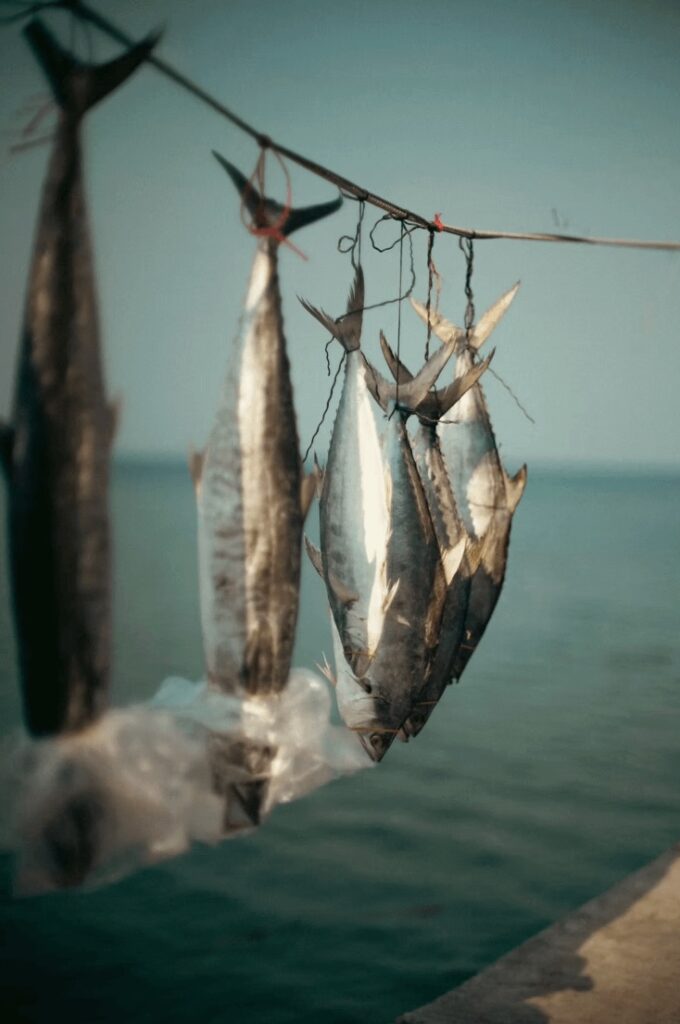
The consequences of microplastics on marine life
The ocean is teeming with life, but it is also teeming with plastic. From the tiniest plankton to the largest whales, marine animals cannot escape the onslaught of microplastics invading their habitat.
These tiny plastic particles infiltrate the bodies of sea creatures in insidious ways. Sometimes they float into mouths during feeding and sometimes they flow through gills during respiration.
Over 100 animal species have now been found containing plastic particles within their bodies.
Studies reveal that the giants of the sea – baleen whales, manta rays and basking sharks – are the most afflicted. These titans feed on plankton, accidentally consuming massive amounts of microplastics in the process.
Lurking within plastics are hazardous chemical additives like plasticisers, which act disturbingly like hormones. These toxins impair fertility and, in extreme cases, they can even trigger the growth of ovaries in male animals.
For small creatures like mussels and crabs, microplastics create a hazard of a different kind. Their sharp edges damage delicate digestive tissues, causing painful inflammation.
The devastating impacts of plastic pollution permeate all levels of the food chain. As microplastics proliferate in the oceans, marine life faces threats ranging from reduced fertility to endocrine disruption.
Heard about the Great Pacific Garbage Patch but want to learn more? Check out our detailed article here.
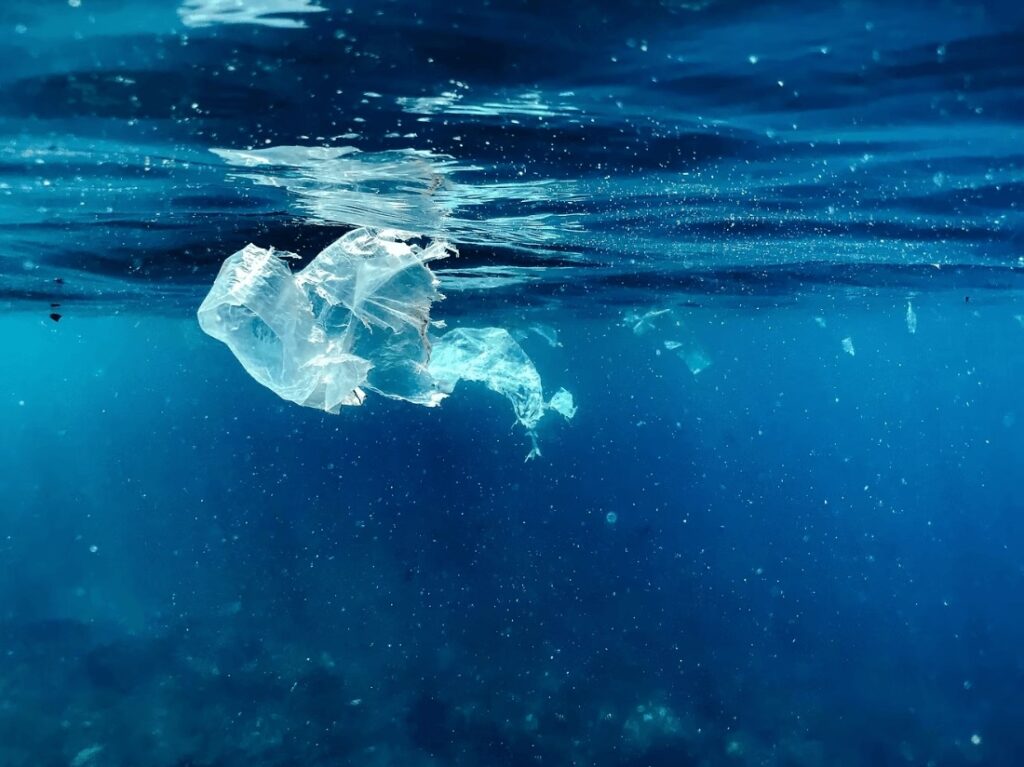
The impacts of microplastics on humans
Humans are not immune either. From the soaring peaks of the Alps to the icy expanse of the Arctic, microplastics have been detected in everything from honey to milk and tap water.
These stealthy synthetics have become ubiquitous. We find it troubling just how far-reaching the impacts of plastic pollution have become.
It’s alarming how microplastics have infiltrated our environment, posing risks to wildlife and human health alike. In response, we need to find ways to curb this chemical invasion, which is threatening organisms across the food chain.
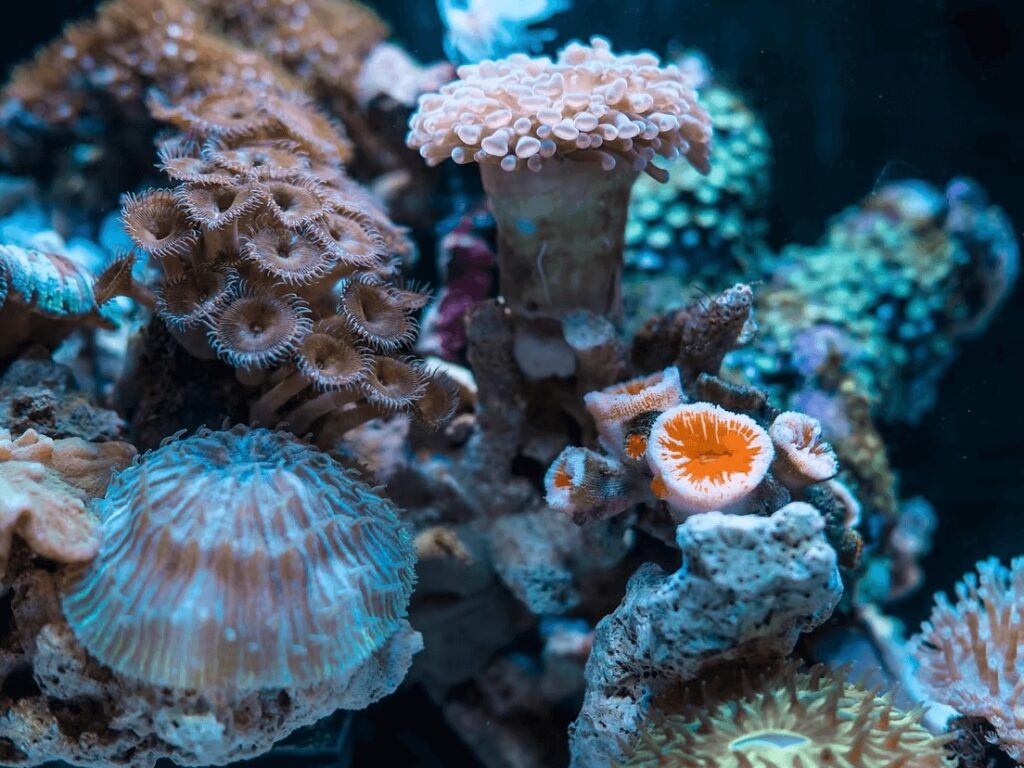
Campaigning against microplastics
Microplastic particles lurk in many cosmetics (9 out of 10 products to be precise). This is despite manufacturers’ ability to use natural alternatives.
Since 2011, the Plastic Soup Foundation has fought this through “Beat the Microbead,” joining over 60 organisations on a mission to eliminate microplastics.
This international campaign empowers consumers through a smartphone app, identifying microplastic ingredients so people can avoid them. All you have to do is scan the product before purchasing to find out if it contains this hidden ingredient.
You can download the app and find out more data about microbeads here.
Others ways you can reduce microplastics in our oceans:
- As ocean-loving consumers, we can opt out of buying any cosmetic products that contain microplastics, either in solid, liquid or gel form.
- When buying new clothing or textiles, avoid anything that contains synthetic fibres, which lose millions of microfibres with every wash. If you already own synthetic clothing, wash it in a Guppyfriend bag, which traps microfibres and prevents them from ending up in our waterways.
- Avoid single-use plastics that could break down into microplastics. Bring a fabric shopping bag to the supermarket and supporting zero-waste grocery stores.
- By using public transportation, you’ll help to reduce the microplastics that result from tyres breaking down on the roads, as well as lower your CO2 emissions.
- Support organisations, activists and politicians who are addressing the microplastics issue in your community.
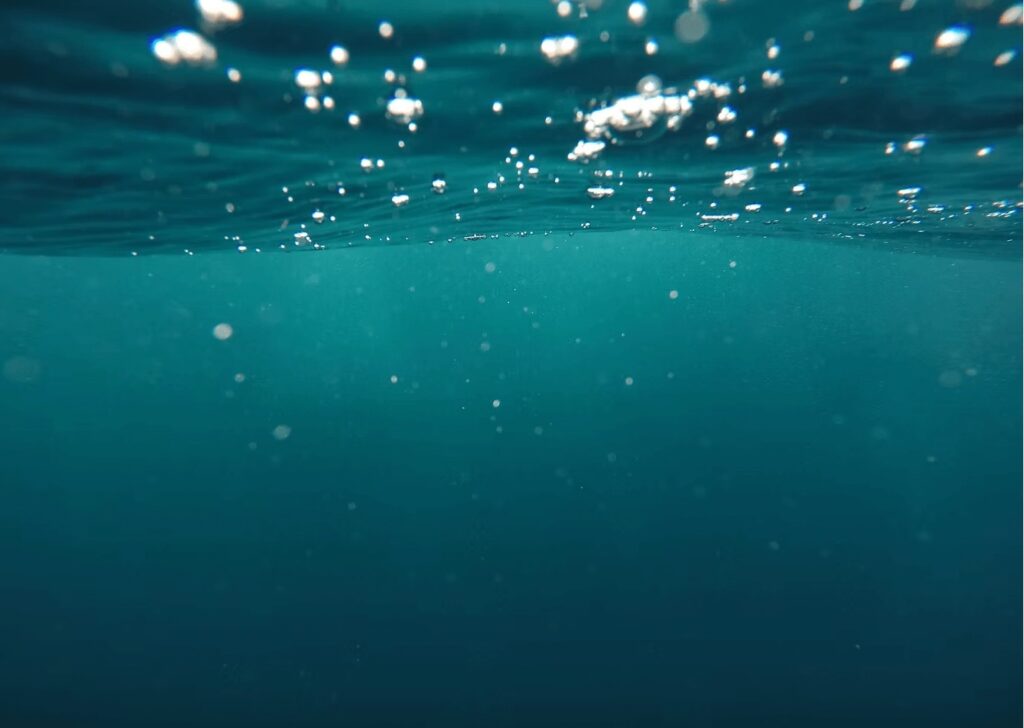
Taking a preventative approach to microplastics
Microplastics have become the sinister sequel to our global plastic addiction. It’s a silent scourge that has permeated every corner of the natural world.
These tiny plastic fragments are the result of the larger plastic waste that has accumulated in our oceans, rivers and landfills, slowly breaking down over time into even smaller pieces.
The scale of the microplastics crisis is staggering. Studies estimate that millions of tons of these insidious particles are now contaminating our waterways and ecosystems.
Yet the solution lies not in complex technological fixes. It’s the simple act of reducing our collective plastic footprint before it reaches the water in the first place.
Through concerted efforts to curb single-use plastics, improve waste management and transition to more sustainable materials, we can stem the rising tide of microplastic pollution and restore the natural balance of our precious aquatic environments.
It will take care, commitment and a fundamental shift in how we produce and consume. But the health of our planet – and ourselves – depends on it.
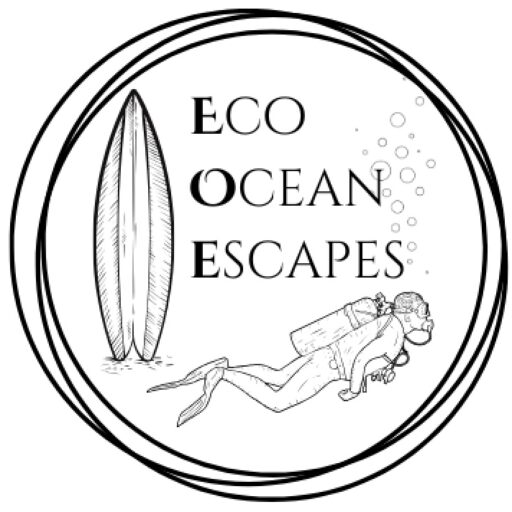
PLAN YOUR TRIP WITH OUR FAVOURITE RESOURCES:
Find hotels and resorts via Booking or Agoda
Book tours and experiences via Viator or GetYourGuide
Find a rental car via Discover Cars
Book flights via Kiwi or Booking
Search for buses and trains via 12Go or Omio
Get travel insurance via SafetyWing
Buy a digital eSIM with Airalo
By purchasing through our links, you’ll be supporting our website at no additional cost to you
About the authors
We are a team of passionate divers and surfers with decades of combined experience in the water and travelling to all corners of the globe. After years of chasing waves and descending into the deep blue, we’ve created this resource to highlight sustainably run surf camps, eco-friendly dive resorts and conservation-focused ocean trips to help inspire your next adventure.
Eco Ocean Escapes was born out of a love of the ocean, an obsession with travel and a concern about the impacts of our adventures on the environments we explore. Despite the benefits that surf and dive tourism can bring to local communities, we recognised that ocean-based adventures are not always managed in a sustainable manner.
Through our articles, we hope to inspire those seeking a responsible surf or dive trip that is all about supporting local communities, preserving our coastal environments and the incredible marine species that inhabit our oceans.
-
Sustainable Surf Tourism and Respecting Local Communities
Surf tourism has exploded over the last two decades. With travel becoming more accessible and social media exposing hidden spots, once-remote breaks in Indonesia, Central America, Morocco and the Pacific Islands are now iconic stops on global surf circuits. While surf travel brings income, jobs and global attention to coastal towns, it can also disrupt…
-
Inspiring Citizen Science Projects for Surfers + How to Get Involved
As surfers, we are intimately connected to the ocean – its rhythms, its wildlife and its health. Because of this relationship, many of us are looking for meaningful ways to protect the marine environments we love. One of the simplest and most impactful ways we can do this is by joining citizen science projects. These…
-
Understanding Marine Protected Areas (MPAs): Why divers should care
If you’ve spent time underwater (as a diver or snorkeller), you’ve probably noticed something: not all sites are beacons of health. Some reefs appear vibrant and full of life, while others show signs of stress – broken coral, few fish or algae-covered rocks. One of the biggest factors shaping the health of our oceans is…
-
Costa Rica: Best Marine Parks for Scuba Divers + Eco Dive Resorts
Costa Rica is a paradise for eco-conscious travellers and underwater explorers are no exception. With its healthy coral reefs, pelagic-rich waters and some of the most progressive environmental policies in the world, the country is a dream destination for those who want to dive responsibly. We’ve been lucky enough to visit Costa Rica several times…
-
Eco-Diving: Best Destinations for Sustainable Scuba Travel
As humans inspired by the underwater world, there is plenty of incentive to protect our coral reefs. Here at EcoOceanEscapes, we want to do our bit to save endangered marine species and keep our oceans free of trash. One impactful action we can all take is to choose sustainable diving destinations. These are nations (or…
-
Eco-Friendly Diving: How to Be a Sustainable Scuba Advocate
Understand the environmental impacts of diving and sustainable scuba practices in this comprehensive guide to eco-friendly diving. Any diver will tell you that being underwater is an incredible experience. It’s a world that not everyone has the opportunity to explore and the encounters we have with marine creatures can be life-changing. Watching manta rays soar…

We are a team of passionate divers and surfers with decades of combined experience in the water and travelling to all corners of the globe.
After years of chasing waves and descending into the deep blue, we’ve created this resource to highlight sustainable surf camps, eco-dive resorts and conservation-focused ocean trips to help inspire your next adventure.
Eco Ocean Escapes was born out of a love of the ocean, an obsession with travel and a concern about the impacts of our adventures on the environments we explore.
